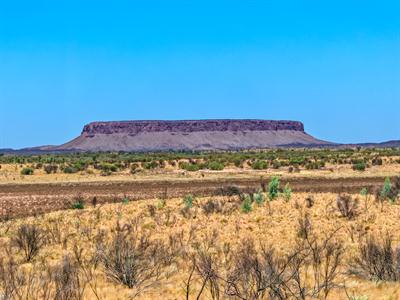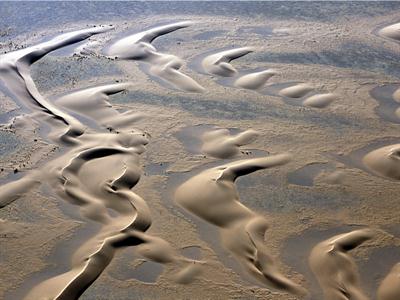
PUMPA - SMART LEARNING
எங்கள் ஆசிரியர்களுடன் 1-ஆன்-1 ஆலோசனை நேரத்தைப் பெறுங்கள். டாப்பர் ஆவதற்கு நாங்கள் பயிற்சி அளிப்போம்
Book Free DemoLike water and glacier, the wind is also an important agent of erosion and deposition. Wind erosion is much apparent, particularly in the deserts. Let's look at some of the important erosional and depositional feature/landforms of wind.
Mushroom rock: As the name suggests, the shape of the rock will be in the shape of a Mushroom. This shape of rocks is mostly seen in deserts because the wind carrying sand erodes the lower section of the rock more than that of the upper part. This is because the speed of the wind is higher close to the surface of the earth.

Mushroom rock
Inselberg: A small, rounded hill, knob, ridge, or mini-mountain that rises abruptly from relatively flat surroundings. It is also called a Monadnock.
Example:
Inselberg in the Kalahari Desert of South Africa

Inselberg
Sand dunes: Sand dunes are nothing but sandhills. When there is a strong wind, it carries the sand away. But, when the wind speed reduces, it deposits the sands in a low hill-like structure called sand dunes.
Barchans: The crescent-shaped sand dunes are called, Barchans.

Barchans (Sand dunes)
Loess: Windblown silt and clay, deposited as a layer over a large area, are called loess. Loess deposits make very fertile soils in many regions of the world.
Large deposits of loess are found in China. Northern China's loess deposits are brought from the Gobi Desert.